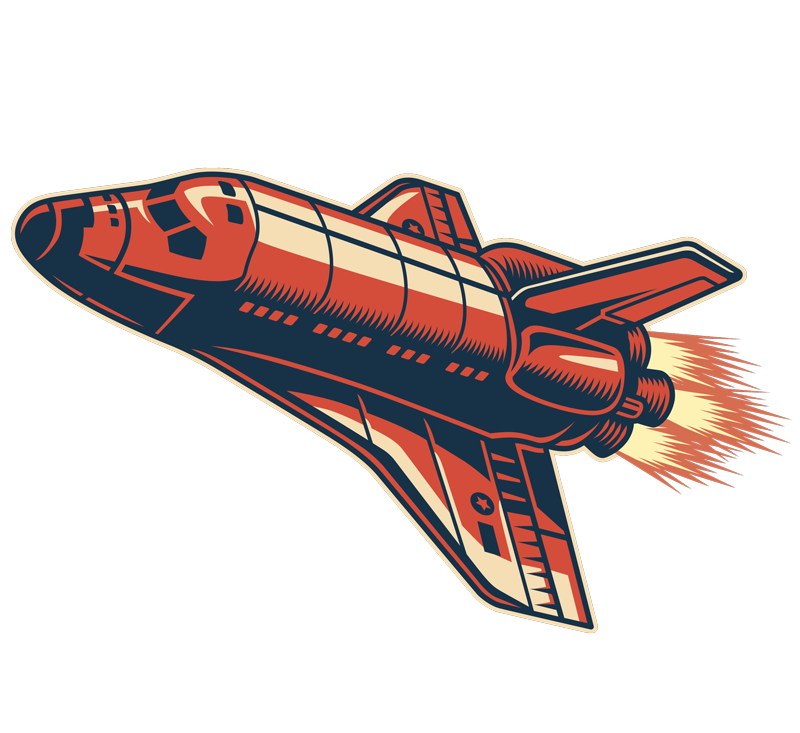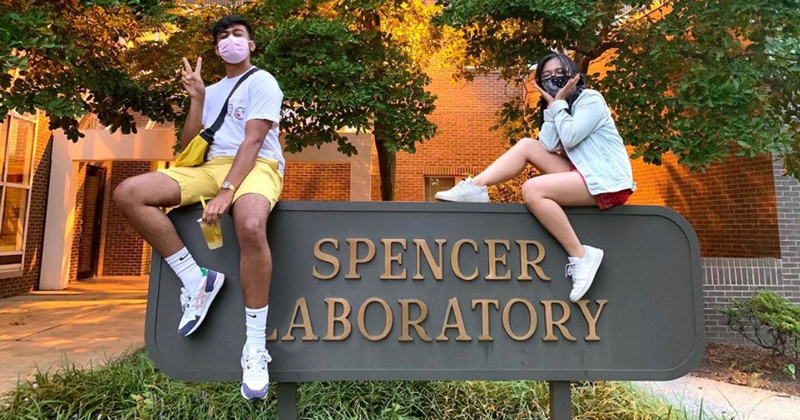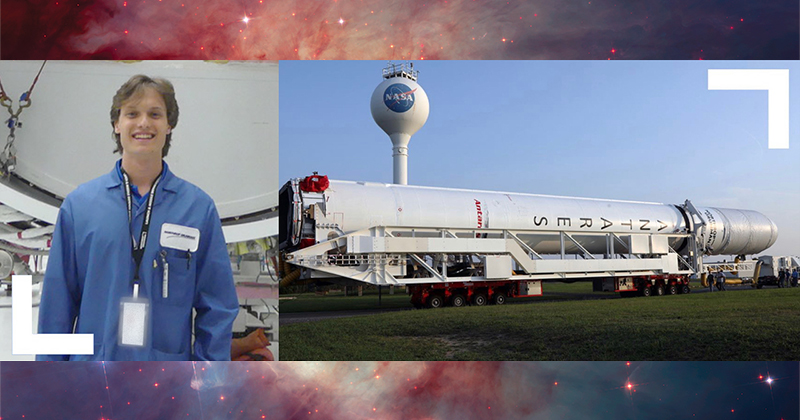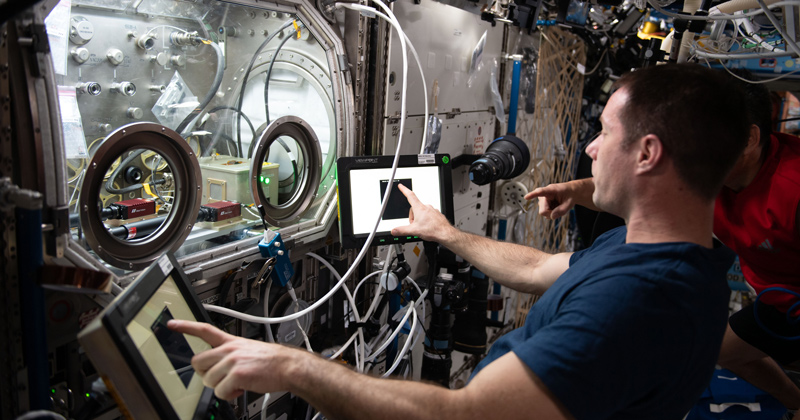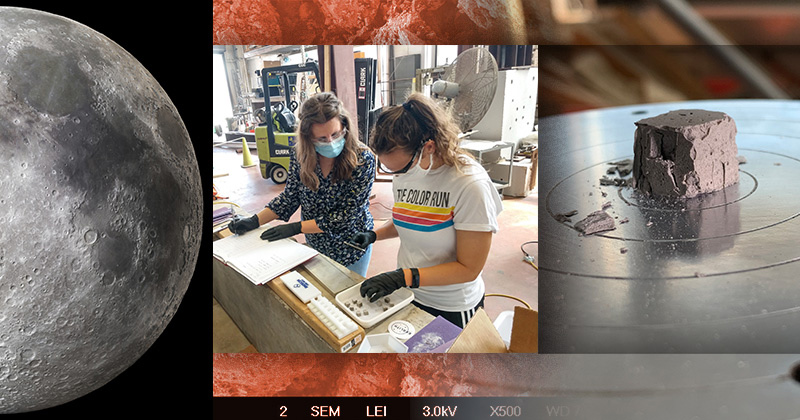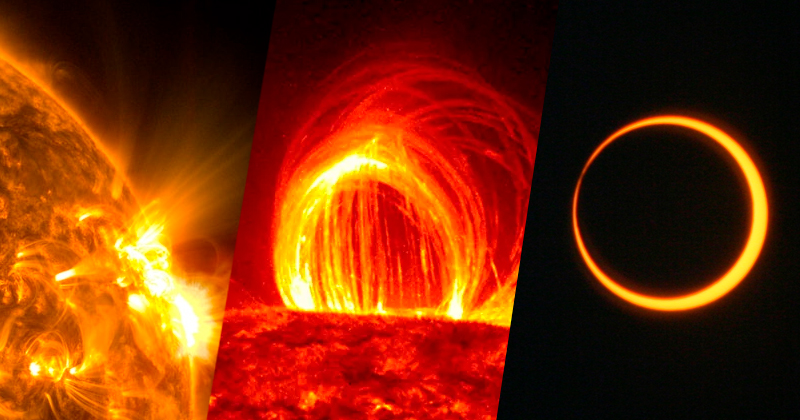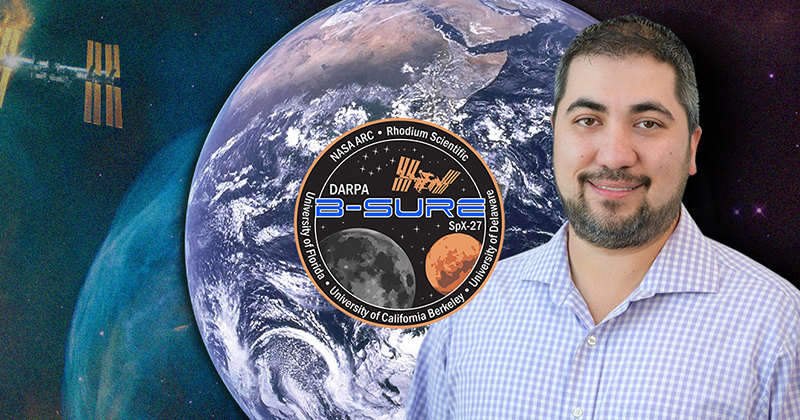

Watch this space
UD Researchers are working to uncover mysteries of the universe
What can we learn by chasing a solar eclipse?
Watch: Eclipse Chasers 2024: youtube.com/watch?v=ATGg29BWunU
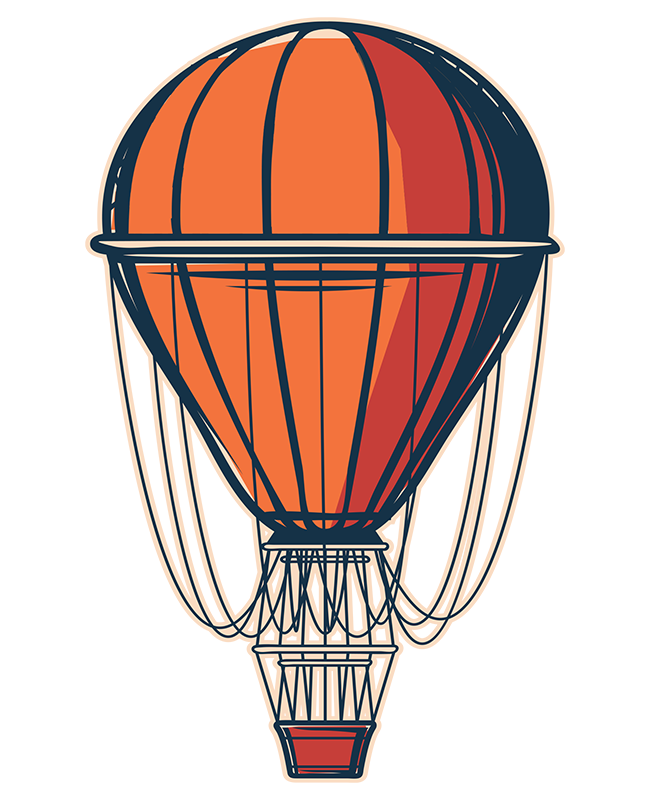
UD's Eclipse Chasers team traveled to Texas on April 8th to experience one of the rarest celestial events: a total solar eclipse. The team launched a high-altitude research balloon that captured atmospheric data and observed muons, which will help shed light on cosmic phenomena.
The Eclipse Chasers and faculty adviser Edmund Nowak, chair of the Department of Physics and Astronomy, observed the eclipse in Junction, Texas, which was where “totality” started in the U.S.
“I’m fascinated with all manner of phenomena that occur in outer space, so I was going to work on any project that gave me an opportunity to go to Texas and see the totality in person. Anyone that has seen it says it is an amazing, mind-blowing experience — some say a life-changing experience.”
- Jarrod Bieber, Eclipse Chasers Team Member
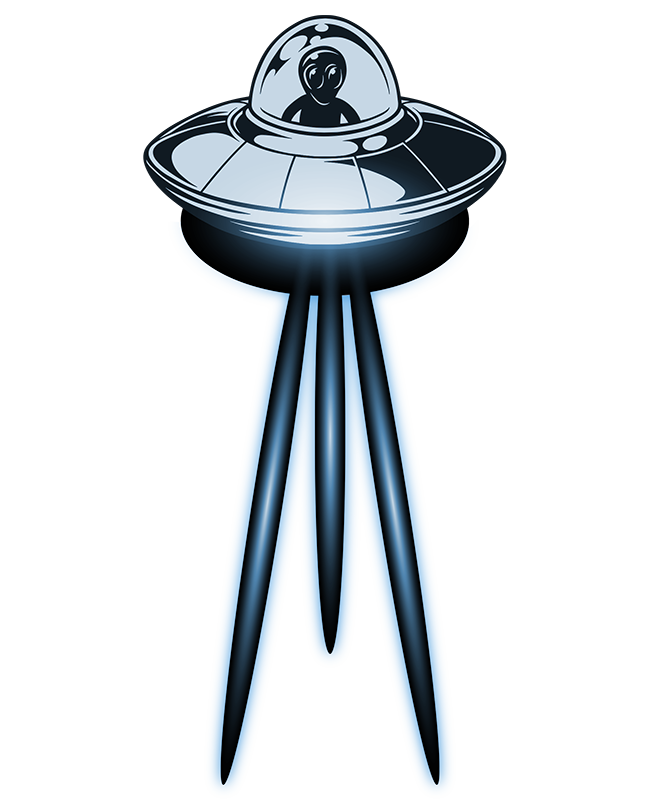
How do you go from UFOs to UAPs?
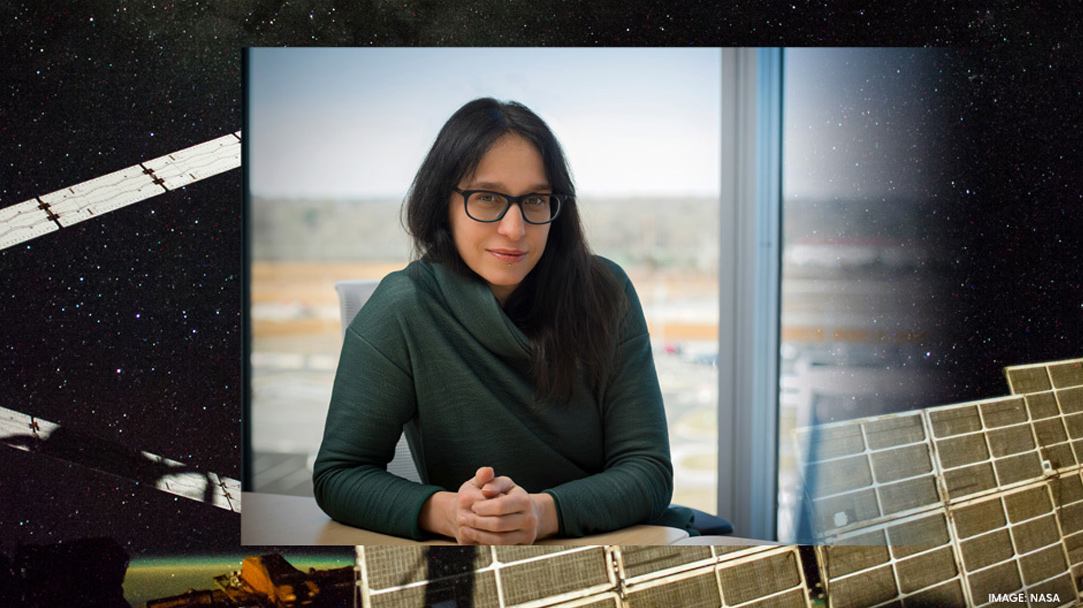
UD physicist Federica Bianco brings data analysis expertise to NASA panel
Capture good, useful data and University of Delaware astrophysicist Federica Bianco will dig deep to help analyze it. It’s what she does with great expertise as a scientist and associate professor of physics and astronomy and it’s a big reason why she was among the 16 people selected to serve on a NASA-appointed panel studying Unidentified Anomalous Phenomena (UAP).
UAP is the official term now applied to what many used to call Unidentified Flying Objects (UFOs), things spotted in the sky that could not be correlated with an airplane, satellite or some other known aerial phenomenon. The new term includes all manner of anomalous phenomena — whether detected in the air, in space, even under the ocean.
NASA says UAP are of interest for reasons including national security and air safety. Access to extensive data sets are required to verify or explain observations and the panel has focused on what data could be collected to scientifically discern the nature of UAP.

What happens when you try to grow food in space?
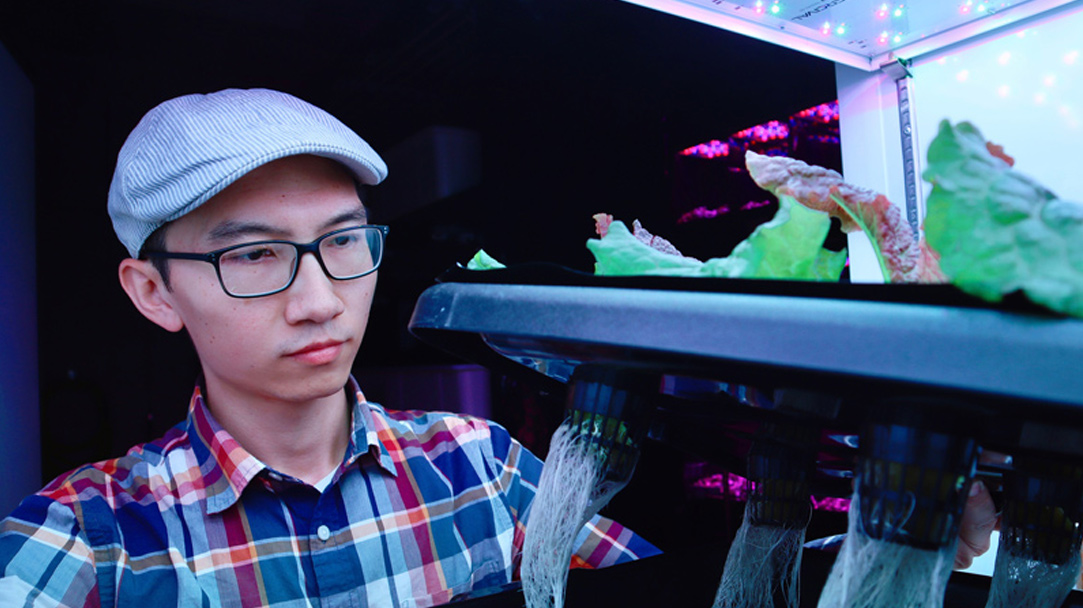
NASA funds UD’s Qingwu Meng to study food grown during human space exploration
Growing food in space is fraught with daunting challenges, including extreme environmental stressors like radiation and microgravity. Qingwu (William) Meng, a University of Delaware assistant professor of controlled-environment horticulture, is an expert on plant growth and light, which are essential components in turning a seed into a mature plant. But how does the germination process change when impacted by the harsh conditions of space?
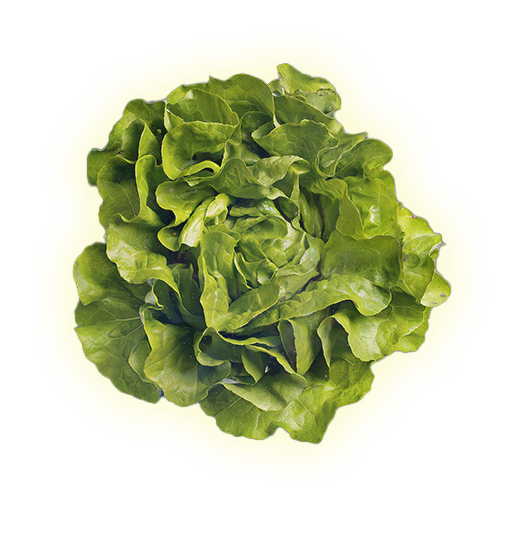
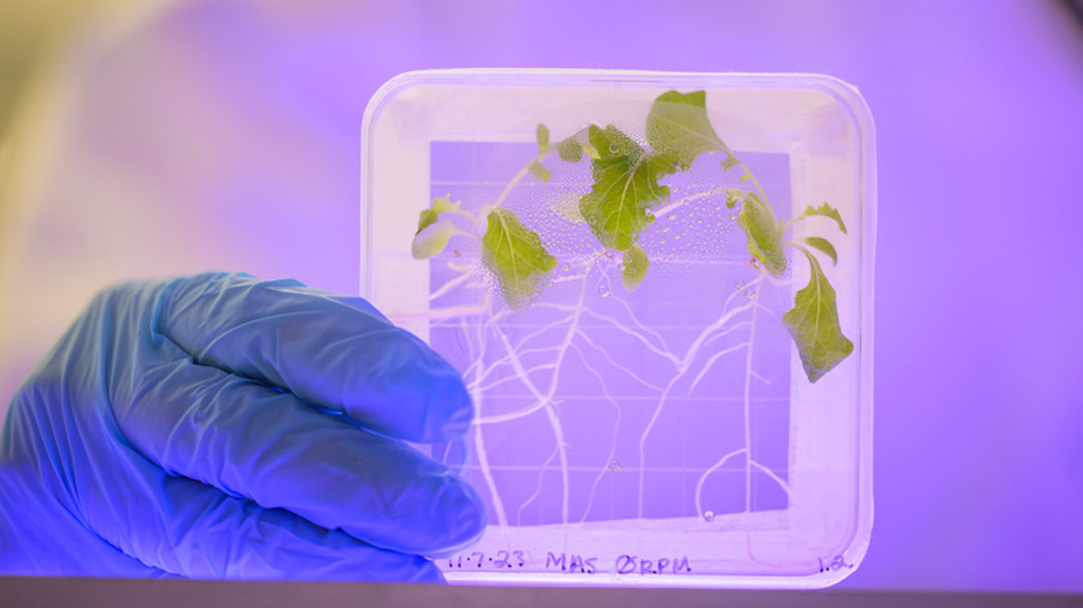
New UD research finds plants are more susceptible to bacterial infections in space than on Earth
University of Delaware researchers grew lettuce under conditions that imitated the weightless environment aboard the International Space Station. Plants are masters of sensing gravity, and they use roots to find it. The plants grown at UD were exposed to simulated microgravity by rotation in a clinostat. The researchers found that the plants grown under the manufactured microgravity were actually more prone to infections from a human pathogen, Salmonella.

